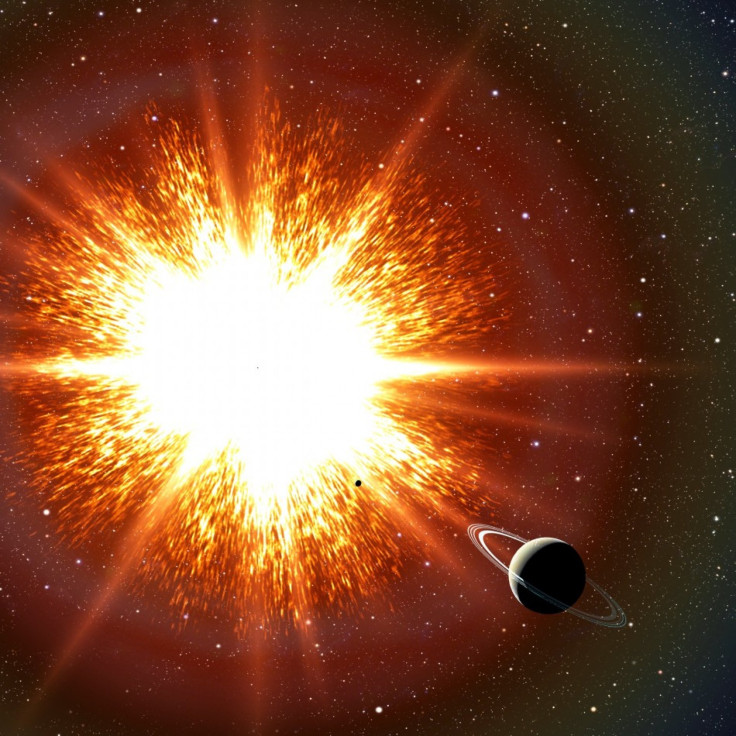Brightest Supernova Peaks This Week: How to Watch Its Final Glint [VIDEO]

An astronomically significant supernova, or exploding star, is expected to reach its peak of brightness in the sky Thursday and Friday, visible starting Wednesday night.
With high resolution binoculars or 3-inch or longer telescopes, amateur skywatchers can spot the exploding star's last glint.
The best view of this exploding star is likely to be this Wednesday or Thursday. Look for it just after evening twilight near the 'handle' of 'The Plough', said Dr Mark Sullivan of Oxford University's Department of Physics who led the team.
Whilst it looks more or less like just another bright star, unlike its companions this supernova will soon fade away, and after a few days it will only be visible with larger telescopes.
Located merely 21 million light years away, this exploding star dubbed SN 2011fe is the nearest supernova to the Earth for 40 years.
When it was first spotted on Aug. 24 in the Pinwheel Galaxy by a team of astronomers from Oxford University and the Palomar Transient Factory (PTF), the supernova was at its first hours after the explosion began.
The supernova belongs to a type of supernova group called Type 1a, which is 10 to 50 times brighter than others, with one single star having brightness that exceeds the light from a whole galaxy.
In some senses, this is the largest, nearest thermonuclear explosion we can see, said astronomer Peter Nugent of the Lawrence Berkeley National Laboratory, and a member of the team tracking the supernova to find out what causes the star's demise.
Type 1a supernova are the kind we use to measure the expansion of the universe, said Sullivan.
The type 1a supernova is born when a white dwarf, the remnant of a star that ceased nuclear fusion, gains a weight 1.38 times heavier than the sun, exploding and releasing a large amount of energy.
© Copyright IBTimes 2024. All rights reserved.





















